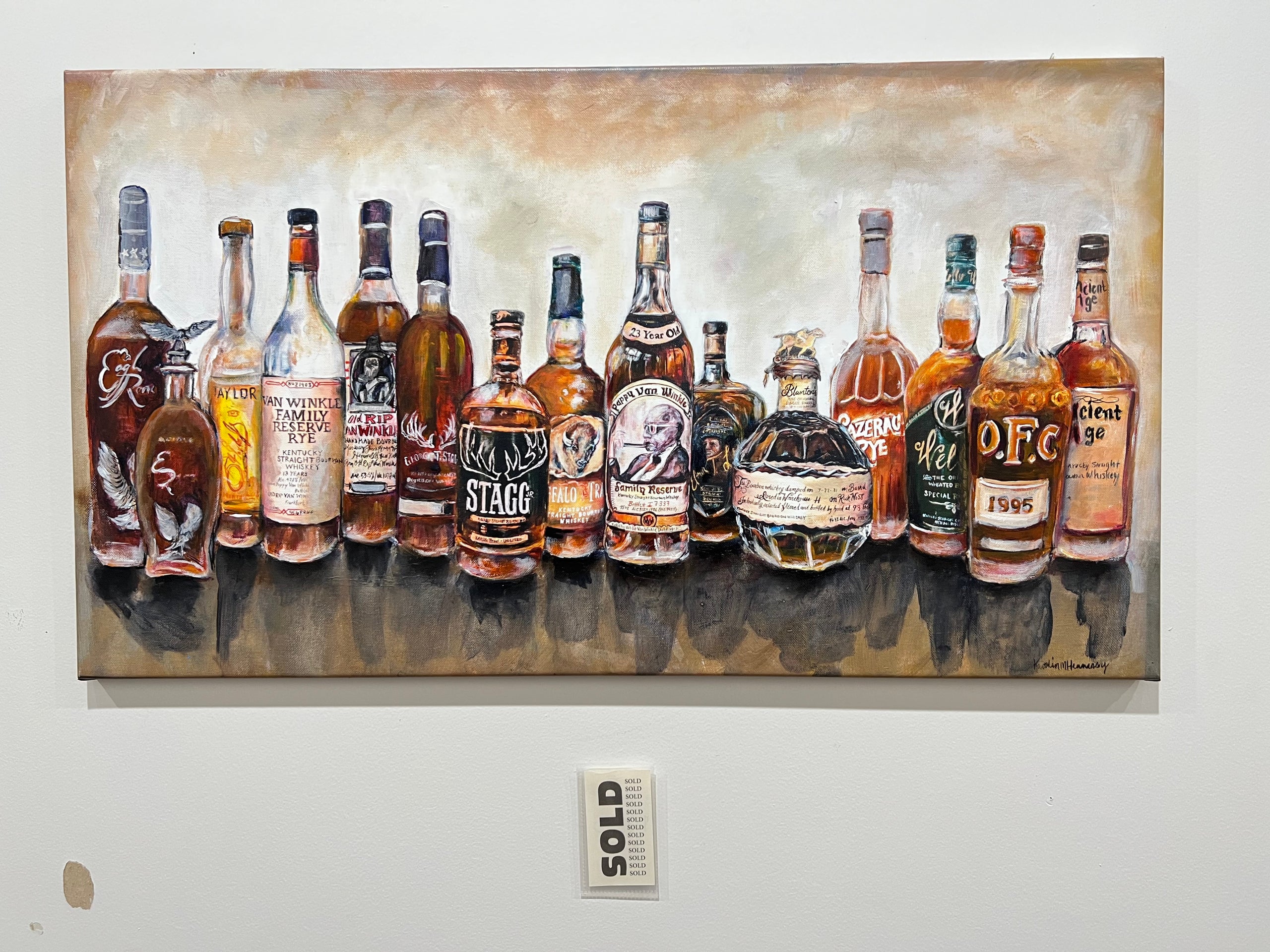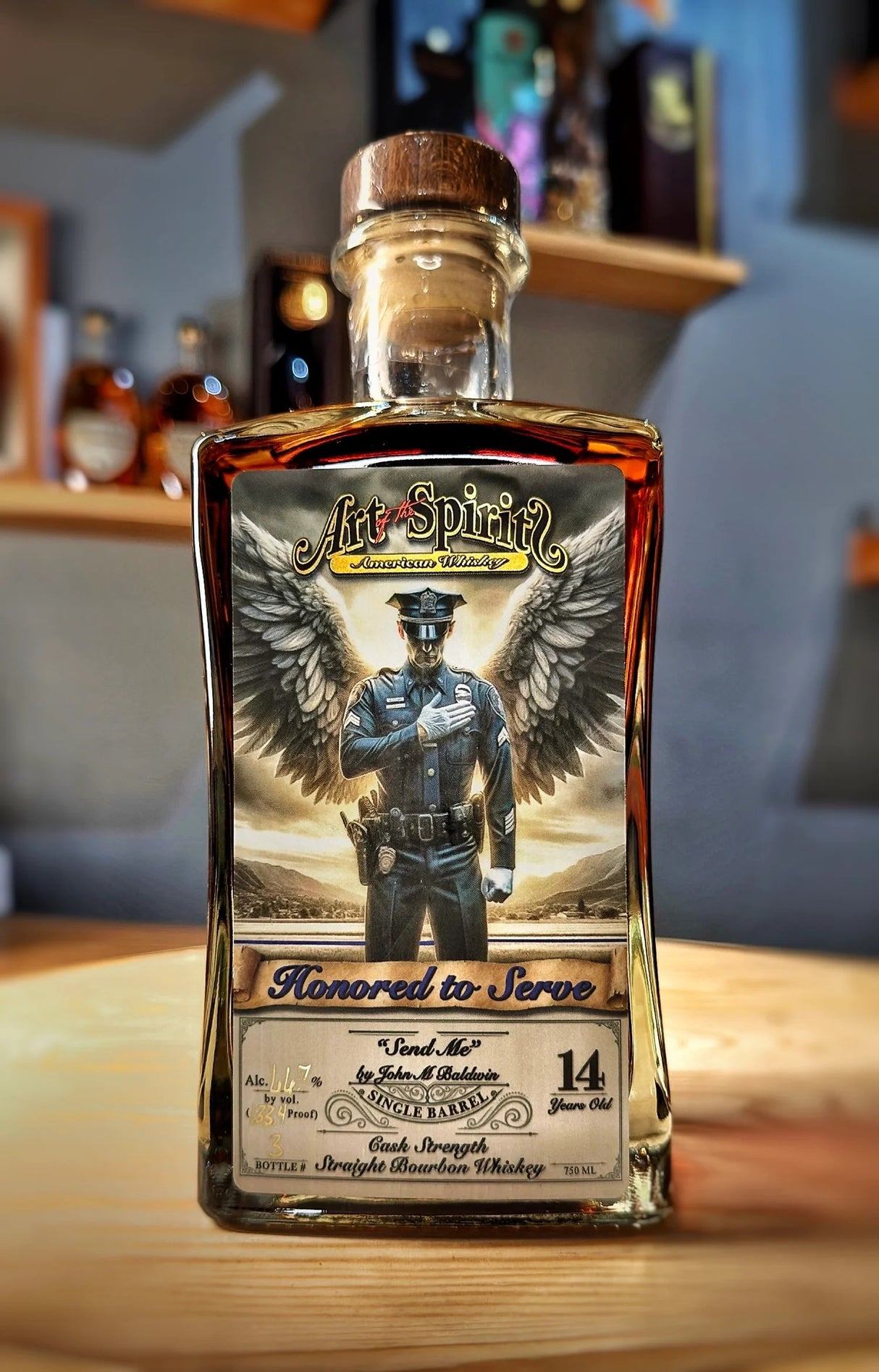The Appeal of Realism Art: A Deep Dive into Whiskey's Rich Heritage
The Appeal of Realism Art: A Deep Dive into Whiskey's Rich Heritage
Blog Article
The Relevance of Whiskey Art in Celebrating Heritage and Craftsmanship in the Beverage Sector
The detailed connection in between whiskey art and the party of heritage and craftsmanship within the beverage industry can not be overemphasized. With attentively designed bottles and tags, bourbon brands envelop their historic origins and the artisanal skills that specify their production techniques. This imaginative measurement not only improves market charm but additionally acts as a channel for cultural storytelling, cultivating a much deeper connection between the craft and the customer. As we explore the various facets of this subject, intriguing concerns about the impact of contemporary trends on traditional methods arise, motivating additional assessment.
The Historic Origins of Whiskey
At the heart of bourbon's attraction lies an abundant tapestry of historic roots that map back to old worlds. The origins of bourbon can be linked to the distillation practices of the Sumerians and Babylonians around 2000 BCE, where early types of fermented grain drinks started to emerge. Nonetheless, it was in the Middle Ages that the art of purification advanced considerably, especially in Ireland and Scotland, bring about the production of bourbon as we understand it today.
The term "scotch" itself obtains from the Gaelic word "uisce beatha," implying "water of life." This phrase highlights the social value of bourbon in Celtic cultures, where it was often related to rituals, events, and public bonding. By the 15th century, purification came to be an acknowledged craft within monastic neighborhoods, paving the means for the facility of legal distilleries.
As profession paths expanded, whiskey's popularity grew, going beyond regional limits and capturing the passion of connoisseurs worldwide. Limited Edition. This historic trip reflects not just the craftsmanship behind whiskey production yet additionally its indispensable duty in social and cultural contexts, noting it as a considerable beverage throughout background
Artistic Expression in Branding
Bourbon branding stands as a compelling crossway of virtuosity and commerce, where aesthetic identity plays an essential duty fit customer perception. The appearances of bourbon labels, product packaging, and advertising and marketing materials reflect not just the brand name's story yet additionally its core values and heritage. With imaginative expression, distilleries convey a story that reverberates with consumers, stimulating emotions and triggering links.
The use of shade, typography, and imagery in branding offers to differentiate items in a saturated market. Traditional concepts may evoke a feeling of credibility and workmanship, while modern designs can signify development and forward-thinking. This calculated creative direction improves brand acknowledgment and loyalty, enabling customers to build a personal relationship with the bourbon they select.
In addition, imaginative expression in branding frequently acts as a celebration of local heritage. Distilleries regularly incorporate local icons or historical referrals into their designs, creating a local color that welcomes consumers to participate in a wider cultural experience. Eventually, the artistry behind scotch branding not only boosts visual charm yet additionally improves the general story of the brand name, promoting a much deeper gratitude for the workmanship and heritage embedded in each container.
Workmanship in Bottle Design
The creativity obvious in bourbon branding prolongs beyond visual identity to include the craftsmanship associated with bottle layout. Each bottle offers page as a vessel not simply for the spirit within, but additionally for the story it tells concerning its top quality, beginning, and tradition. The style process needs meticulous focus to information, as components such as shape, product, and closure contribute dramatically to the overall assumption of the bourbon.
Craftsmanship in bottle style includes choosing high-grade glass that can boost the whiskey's color and quality, while additionally offering a tactile experience for the consumer. The shape of the container should be both useful and aesthetically attractive, frequently mirroring the heritage of the brand. Lots of distilleries decide for special forms or printed logos that evoke a sense of authenticity and background.
In addition, the tag style and typography play an important duty in communicating the brand name's story. Realism Art. A well-crafted bottle not only mesmerizes the consumer's eye however also enhances the brand's dedication to high quality and practice. By doing this, the craftsmanship of container layout comes to be an essential aspect of the whiskey experience, merging creativity with a profound respect for heritage
Cultural Significance of Bourbon Art
Commemorating custom and workmanship, the social significance Read More Here of scotch art goes beyond mere appearances, linking with the social and historic narratives of the areas where it originates. Each bottle functions as a canvas, illustrating the one-of-a-kind stories, folklore, and customs that have formed regional whiskey-making techniques. The detailed styles often show the heritage of the distillers, incorporating symbols and concepts that reverberate with the society and values of their areas.

On top of that, whiskey art plays a vital role in common events and celebrations, functioning as a substantial web link in between people and their shared experiences. By appreciating the creativity in scotch packaging, consumers cultivate a much deeper understanding and respect for the craft, eventually enriching their satisfaction of the beverage itself.
Modern Trends in Scotch Presentation
In recent times, the discussion of bourbon has actually advanced to mirror contemporary preferences and fads while still recognizing conventional workmanship - Whiskey Art. Distilleries are progressively concentrating on aesthetic components that boost the total drinking experience, bridging the space in between heritage and modernity
Cutting-edge container styles have emerged, often including sustainable materials and creative labels that tell engaging stories. Numerous brand names currently team up with neighborhood artists, instilling their items with special visual expressions that resonate with customers. Furthermore, limited-edition launches are typically packaged in collectible containers, including worth and allure for connoisseurs.

Final Thought
In conclusion, whiskey art offers as a vital avenue for expressing the heritage and workmanship integral in the drink market. Via elaborate branding, ingenious bottle styles, and culturally considerable imaginative elements, bourbon brand names properly honor their customs and attach you can find out more with customers.

Workmanship in container style involves picking top notch glass that can boost the scotch's color and clarity, while additionally giving a responsive experience for the customer. In this way, the craftsmanship of container layout comes to be a vital aspect of the scotch experience, combining artistry with a profound respect for heritage.
In verdict, bourbon art offers as a crucial avenue for revealing the heritage and workmanship fundamental in the drink market.
Report this page